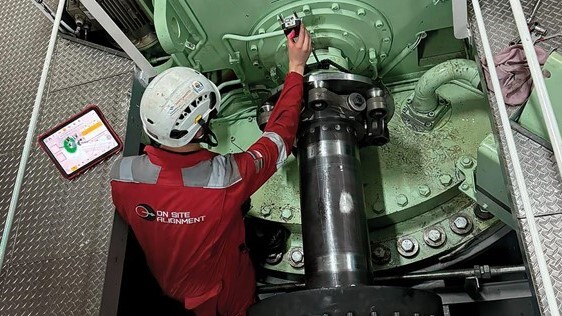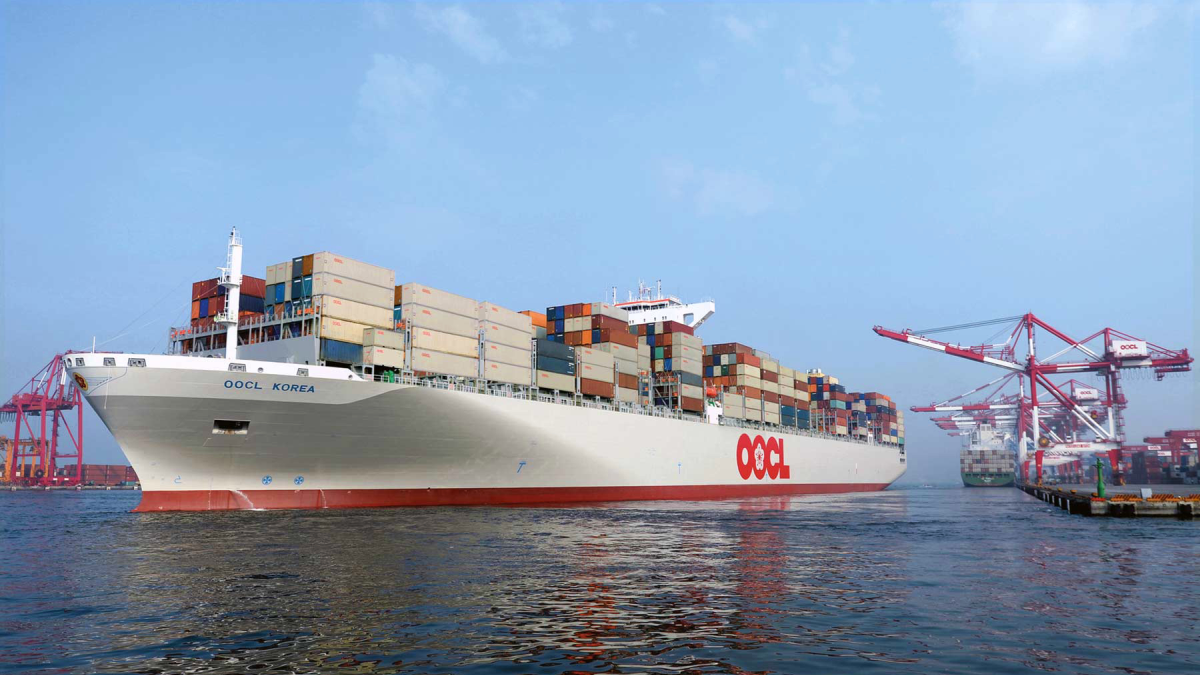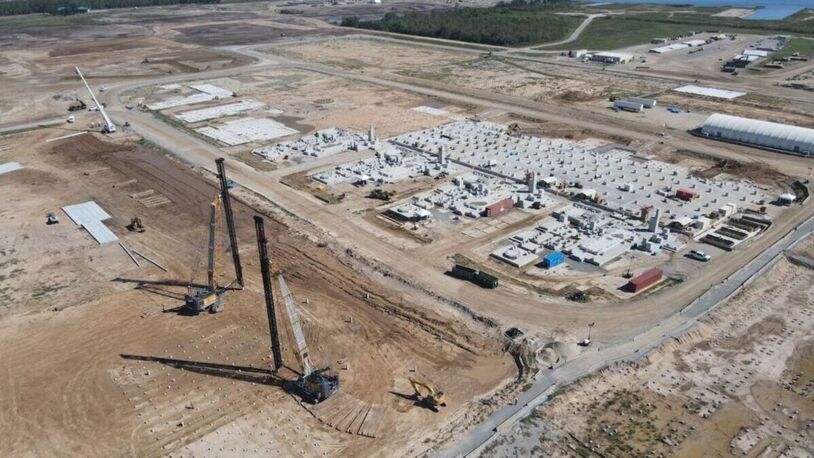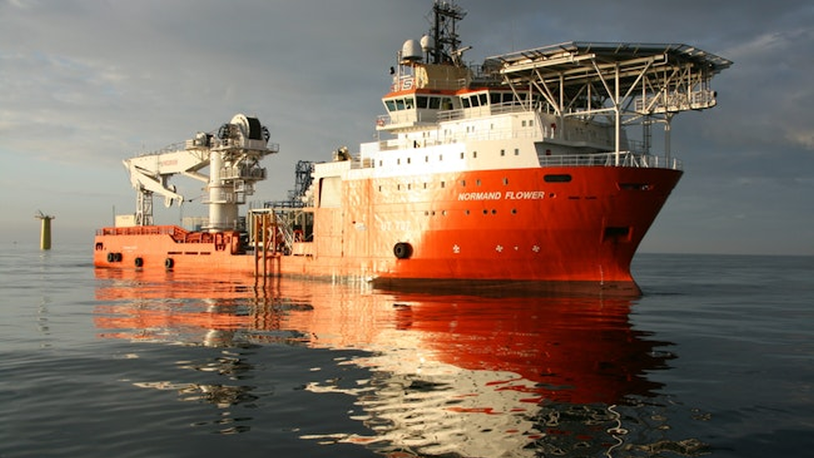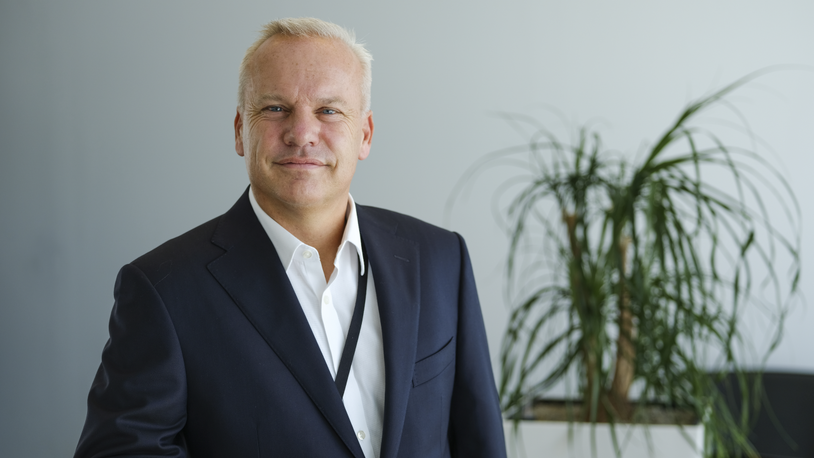Business Sectors
Events
Contents
Register to read more articles.
Chinese shipyards take in over US$3Bn from OOCL and Seaspan box ship orders
The recent surge in container vessel orders has continued, with Chinese shipyards securing contracts despite intense competition from South Korea, particularly following recent US trade policies
Liner company Orient Overseas Container Line (OOCL) – a subsidiary of Chinese shipping giant COSCO – and tonnage provider Seaspan have placed significant orders at Chinese shipyards.
On 29 April, COSCO disclosed OOCL has commissioned Nantong Cosco KHI Ship Engineering (NACKS) and Dalian Cosco KHI Ship Engineering (DACKS) to construct 14 container vessels, each with a capacity of 18,500 TEU. The total value of the order exceeds US$3Bn.
These vessels, which will be equipped with methanol dual-fuel engines, are scheduled for delivery between Q3 2028 and Q3 2029.
OOCL currently operates a fleet of approximately 80 container vessels, according to its website. Industry database Alphaliner ranks COSCO Group as the world’s fourth-largest liner operator, with 525 ships totalling 3.37M TEU and an orderbook comprising 50 vessels with a combined capacity of 847,248 TEU.
Seaspan returns to Chinese builders
In a further sign of Chinese shipyards’ resilience, Canada’s Seaspan has signed a newbuilding contract with Shanghai Waigaoqiao Shipbuilding, a subsidiary of China State Shipbuilding Corp (CSSC). The agreement covers the construction of six 10,000+ TEU container vessels.
Market sources report Seaspan had signed a letter of intent for the project several months ago. Observers also note Seaspan rarely orders vessels without firm long-term charter commitments, suggesting these newbuilds are likely backed by such arrangements.
Seaspan currently operates a fleet of 189 vessels and is already engaged in a significant newbuilding programme in China. In October, the company placed an order at CSSC’s Hudong-Zhonghua Shipbuilding for six 13,600-TEU ships. Unusually, the deal was denominated in renminbi rather than US dollars.
Competitive landscape intensifies
Despite shifts in global order flows due to geopolitical influences such as the US trade policy, Chinese shipyards remain competitive, particularly in the container ship segment.
“In the feeder and mid-size segment, Chinese yards continue to attract interest, while Korean builders mostly remain engaged for post Panamax tonnage with the exception of Hyundai Mipo, which continues to attract takers for their smaller designs,” MB Shipbrokers stated in its latest weekly report.
Recent orders placed at South Korean yards have reportedly come from Evangelos Marinakis-backed Capital Group, Taiwan’s Wan Hai Lines, and Singapore-based X-Press Feeders, reflecting continued competition in the global shipbuilding market.
Sign up for Riviera’s series of technical and operational webinars and conferences:
- Register to attend by visiting our events page.
- Watch recordings from all of our webinars in the webinar library.
Related to this Story
Events
Maritime Environmental Protection Webinar Week
Cyber & Vessel Security Webinar Week
The illusion of safety: what we're getting wrong about crews, tech, and fatigue
Responsible Ship Recycling Forum 2025
© 2024 Riviera Maritime Media Ltd.

